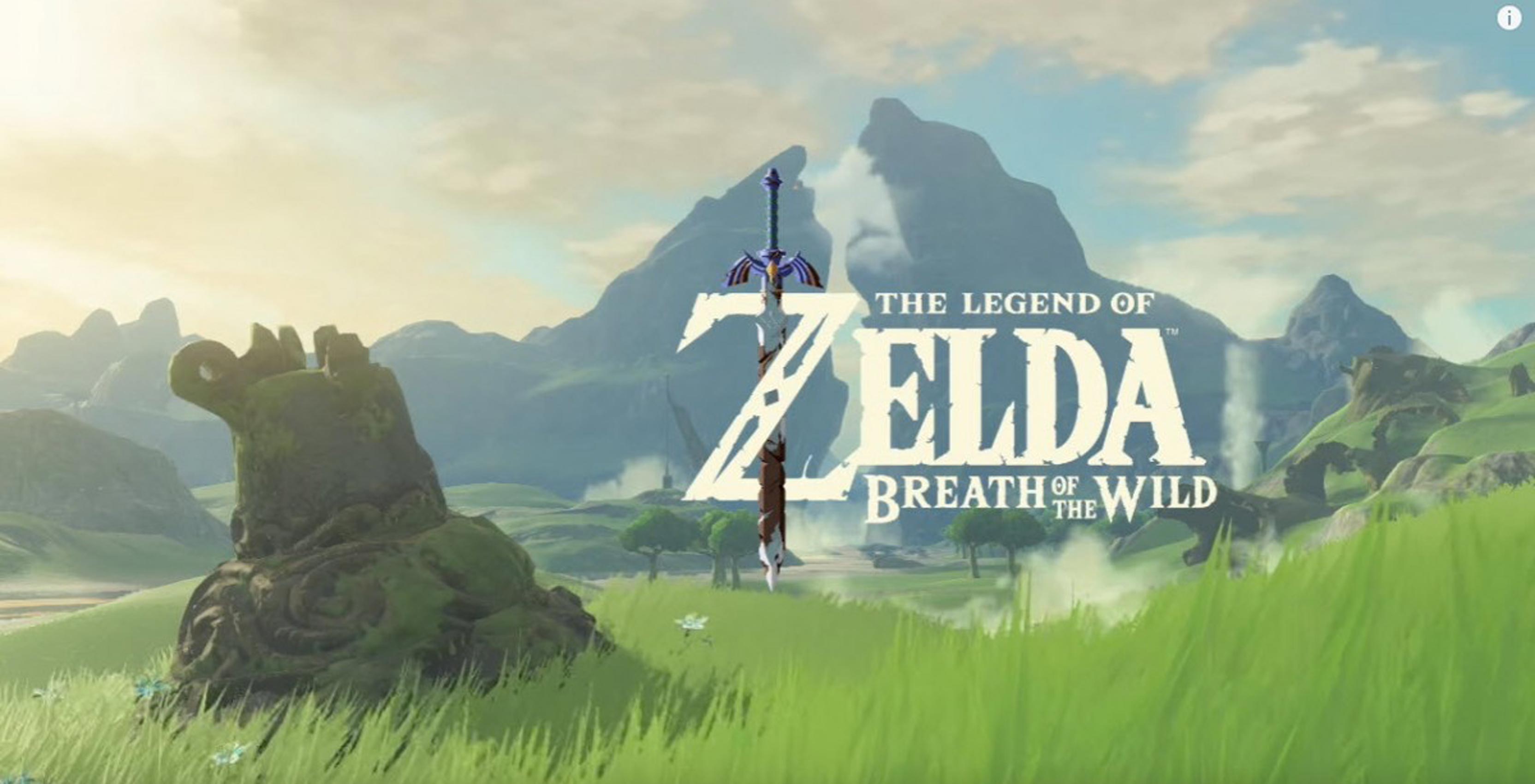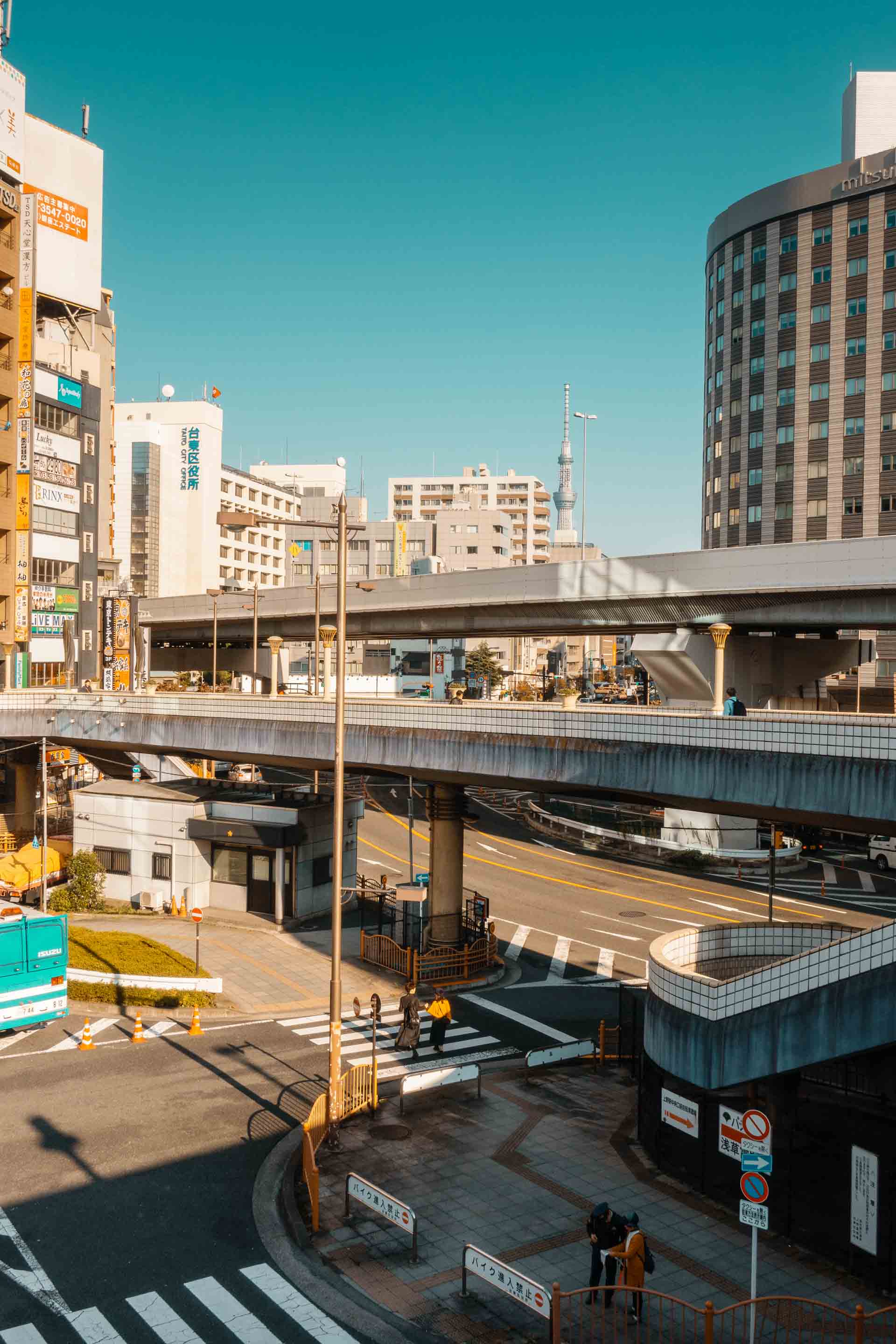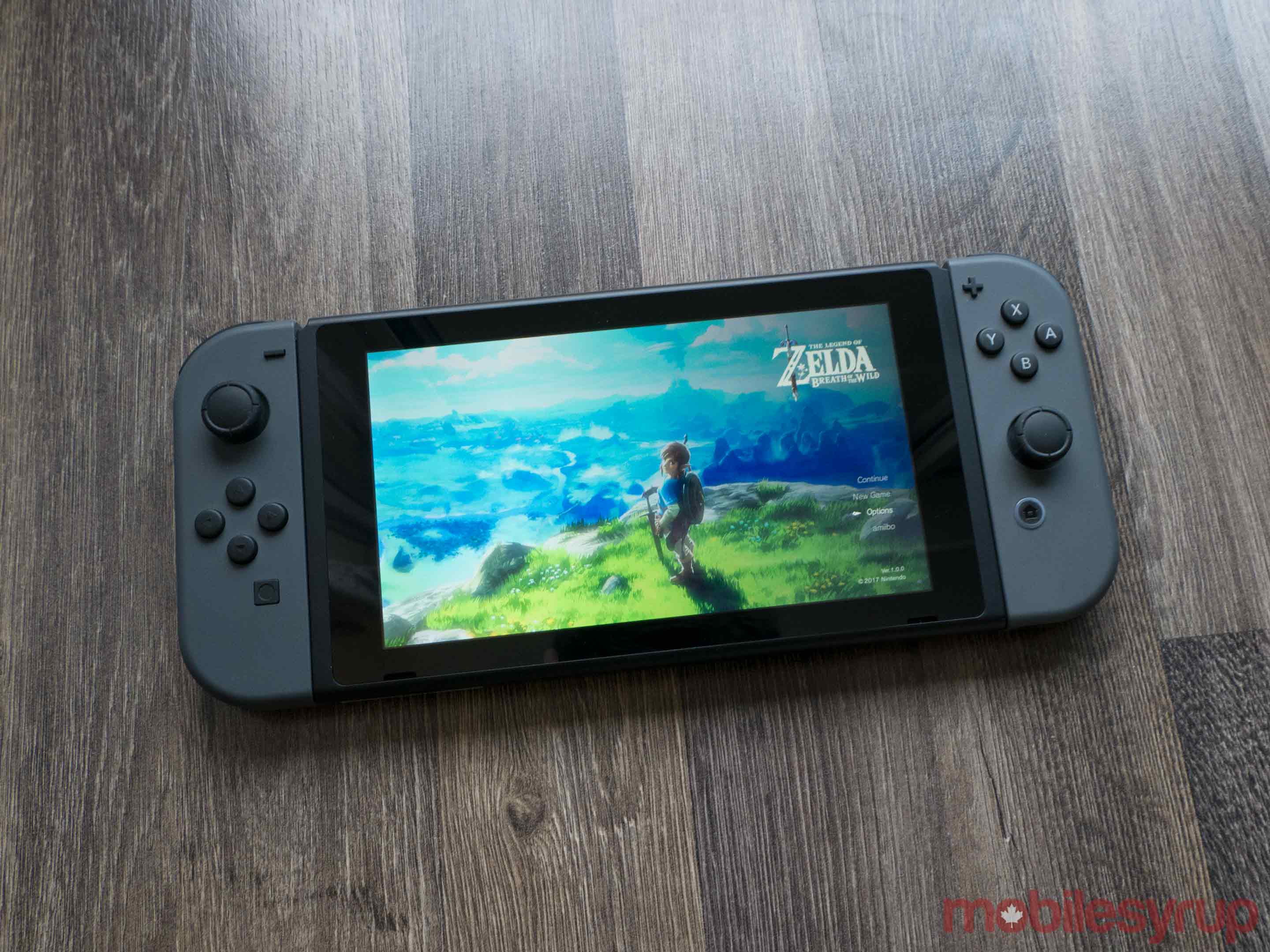
As we do every year here at MobileSyrup, each writer counts down a couple of their favoruite things from the past year. Below you’ll find mine, a mix that includes a bit of everything.
Pixel 2
![]()
Between smartphones like the iPhone X, Galaxy S8 and Essential Phone, 2017 saw the release of some of the most visually stunning mobile devices to date.
But it was the Pixel 2, the one phone that put functionality and usability ahead of style — granted, out of necessity more than anything else — that became my favourite phone of the past year.
What the Pixel 2 lacks in good looks, it more than makes up with one of the best and most responsive software experiences found on an Android device. Moreover, it’s hard not to fall in love with its camera, which, to my eye, is far ahead of the competition. It also helps that the Pixel 2 suffers from almost none of the issues that plague its bigger sibling, the Pixel 2 XL.
Together, these factors things made the Pixel 2 an absolute joy to use. If you’re in the market for a new smartphone this year, consider the Pixel 2 over its seemingly more attractive competitors.
Process
In 2016, my mom passed away after a lengthy battle with cancer. In the weeks and months that followed, I wasn’t sure what to think about what had happened.
Then, on February 3rd, 2017, almost exactly one year to the day of mom’s death, British musician Sampha released his first full-length album, Process.
Sampha wrote Process and its standout track, “(No One Knows Me) Like the Piano,” in honour of his own mother, who, like mine, had lost her life to cancer.
Even after almost a year of listening to “Like the Piano,” I find the experience overwhelming and cathartic. With nothing but a sparse piano line, his brilliant voice and a touching lyrical tribute, Sampha wrote one of the affecting songs I’ve heard in a long time. Process is brilliant from start to finish, but it’s “Like the Piano” that helped me work through my own grief, and why it’s one of my favourite songs, not just of 2017 but of all time.
Sony RX100 IV

If you’ve been following the camera industry for the past couple of years, you’ll know that Sony has been absolutely killing it. With each passing year, the company finds a way to outdo itself.
This year, I bought the RX100 IV, one of five available models in Sony’s premium compact RX100 lineup.

This little camera, weighing in at just 295g, is an absolute beast.
With its 1-inch sensor and fast f/1.8 – f/2.8 24mm – 70mm equivalent lens, the RX100 IV can capture stunning photos in a variety of different situations. It’s also capable of capturing slow-motion video at up to 960 frames per second, and can even capture footage using picture profiles like S-Log2 (all of that to say the RX100 IV is just as capable at capturing video as it is photos). Sony somehow even managed to include a small pop-up electronic viewfinder and built-in neutral density filter into the RX100 IV’s svelte package.

Of course, none of those specs would mean a thing if the RX100 IV wasn’t a joy to use. In 2017, I’ve captured some of my favourite photos since I became interested in photography. A lot of that has with just how much I loved taking the RX100 IV with me everywhere.
Your Name
In 2017, I had the pleasure of seeing a lot of fantastic movies — Blade Runner 2049, Dunkirk, Get Out, The Disaster Artist and Wind River come top of mind — but the one movie from the past year that I loved the most didn’t get the attention it deserved here in the West.
That’s because that movie, Your Name, is a Japanese animated film. But don’t let that discourage you from sitting down to watch it; Your Name is a movie that transcends both medium and cultural boundaries to coalesce into something with universal human appeal. Unless you have a heart of stone (or more likely a closed mind), you owe it to yourself to see how the tale of Your Name’s two body-swapping teens plays out.
At every turn, Your Name is funny, charming, poignant, thoughtful and lyrical.
What’s more, every aspect of its production is brilliant. If you’ve ever visited Tokyo or Japan’s Hida region, the verisimilitude with which the team led by director Makoto Shinkai animated the movie’s city and landscapes is stunning.
It’s also that type of movie that rewards multiple viewings, as it slowly reveals all of its many intricacies to the viewer.
The Legend of Zelda: Breath of the Wild

There’s a moment early on in the new Legend of Zelda game, Breath of the Wild (BotW), in which the player enters into the Temple of Time. If you’ve ever played Ocarina of Time, the series’ Nintendo 64 standout, then the Temple of Time will be a familiar motif.
In contrast to Ocarina’s Temple of Time, in BotW, the Temple of Time is nothing but a desiccated husk. Its musical theme, which is a grand choral affair in Ocarina, is here stripped down to a sombre and sparse piano piece. Whatever power it once had is broken.
The Temple of Time is evocative of so much of Breath of the Wild.
Unlike in past Zelda games, series protagonist Link is not so much trying to save Hyrule as he is trying to pick up the pieces, reclaim what little is left of a past world he barely remembers. He doesn’t have the power to undo the past nor change the future. That much is made abundantly clear when he reunites with his comrades, the four champions whose job it was to pilot the game’s Divine Beasts against Ganon. When Link reunites with them, all four are already long dead, reduced to spirits on the edge of despair by 100 years of regret.
Obviously, a lot of BotW’s appeal comes from its brilliant gameplay, but its thematic concerns also left a lasting mark on me.
MobileSyrup may earn a commission from purchases made via our links, which helps fund the journalism we provide free on our website. These links do not influence our editorial content. Support us here.


